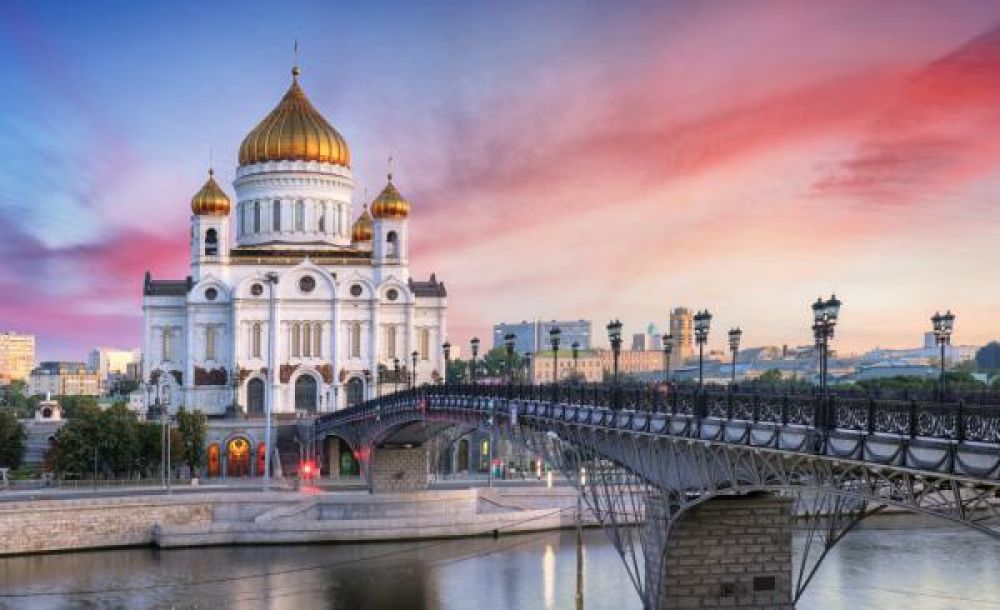

The Cathedral of Christ the Saviour in Moscow stands as a prominent symbol of the religious and historical heritage of Russia. Its towering presence near the Moskva River makes it an unmissable feature of the Moscow skyline and a significant destination for tourists from all over the world.
The original Cathedral of Christ the Saviour was consecrated in 1883 after almost 44 years of construction. Built to honor the Russian victory over Napoleon in 1812, it was designed to represent the military and spiritual triumph of Russia. The cathedral quickly became one of the most significant pilgrimage sites for Russian Orthodox believers and a testament to the grandeur of Russian architecture, attracting visitors from both within the empire and abroad.
However, in 1931, the cathedral faced a tragic fate when it was demolished on the orders of the Soviet leader Joseph Stalin, who planned to build the Palace of the Soviets on its site. The demolition was a cultural shock and a considerable loss to the Russian Orthodox community and architectural enthusiasts worldwide.
With the fall of the Soviet Union, a movement began to rebuild the cathedral. It was an aspiration not only to restore the physical structure but also to revive the historical and spiritual soul of the nation. The Cathedral of Christ the Saviour was meticulously reconstructed in the 1990s, following the original designs but also incorporating modern construction techniques. It was reconsecrated in 2000, once again becoming a major landmark.
Today, the cathedral attracts a plethora of tourists who come to marvel at its resplendent architecture and richly decorated interiors. The rebuilt cathedral not only serves its parishioners but also has become a vital part of Moscow's cultural tourism industry.
As a contemporary tourist site, the cathedral offers guided tours where visitors can learn about the cathedral's history and the artworks it houses. The panoramic view of Moscow from the observation platform around the cathedral's drum is particularly well-received, making it a favourite amongst photographers and sightseers.
The rise of digital platforms and social media has also paved the way for virtual tours, allowing people to explore the cathedral from the comfort of their homes. However, in-person visits remain popular, providing an immersive experience into the liturgical traditions and the living history of the Russian Orthodox Church.
Another trend has been the integration of the Cathedral of Christ the Saviour into broader cultural itineraries, which encompass visits to the nearby Pushkin Museum of Fine Arts, walks along the river, and explorations of the Kremlin and Red Square, all of which contribute to a comprehensive understanding of Russian heritage.
With its rich history, the Cathedral of Christ the Saviour continues to stand as a testament to resilience and faith, representing an essential chapter in the evolving narrative of Russian cultural and religious tourism.